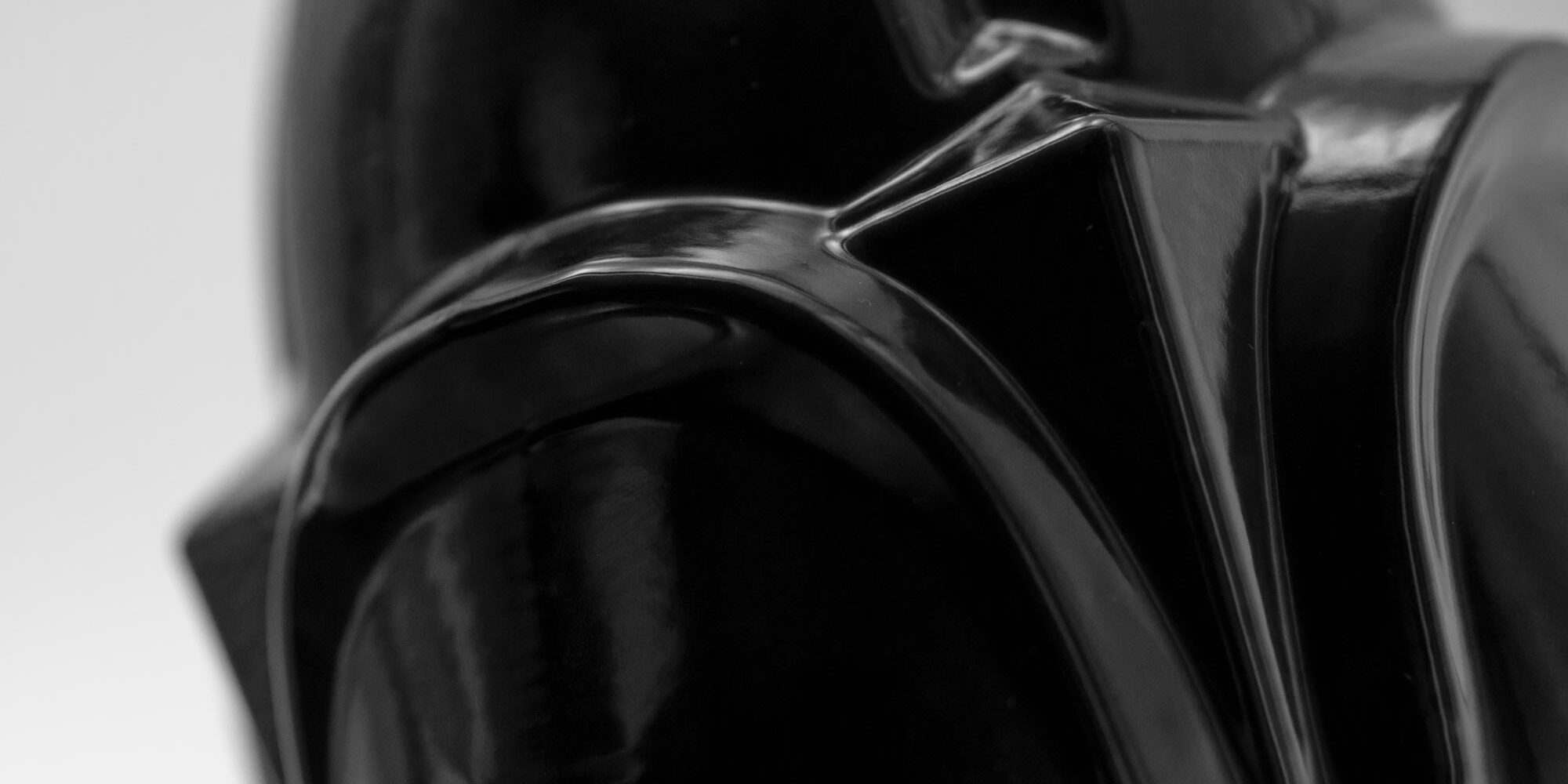Electrostatic Powder Coating: How it Works and Why it Matters for Light Poles and Bases
What is electrostatically applied powder coating?
Electrostatic powder coating is a process that uses an electric charge to apply a dry powder coating to a metal surface. The powder is comprised of polymer resins, curatives, pigments, and leveling materials that are melted together and then ground to a fine texture. The metal component being coated is grounded, and then the negatively charged powder is applied. The negatively charged powder particles are attracted to the grounded metal part, causing the powder to stick to the metal.
The process of electrostatic powder coating involves multiple steps. 1) The metal surface is prepared for powder coating, which may include physical methods such as sanding or media blasting and chemical cleaning of the metal receiving the powder coatings. 2) The powder coating color, texture, or finish is selected and then applied using a spray gun to provide the charge. 3) The part is then sprayed with, or dipped into, electrostatically charged paint particles. 4) The final step is curing at high temperatures, which sets the coating.
Powder coating a light pole, base, bollard, or sign pole improves durability and aesthetics.
Electrostatic powder coating is a more durable alternative to liquid paint. The powder coat can be applied in variable colors and is less prone to showing fingerprints. The process is also more efficient than traditional painting methods, allowing for a thicker coating in one application. Powders can also be reused, and overspray can be returned and recycled, providing additional benefits to the utilization of powder coat.
Electrostatic powder coating on light poles and signposts improves resistance to UV rays and corrosion by protecting the surface from elements that cause corrosion and damage from pedestrians, bikes, carts, and vehicles. Epoxy-based powder coatings achieve exceptional adhesion to metal substrates and a formidable, nearly impervious barrier provided by the formula’s polymeric matrix and functional fillers. Thermoplastic powder coatings, including polyethylene, polyamide (Nylon), and PVC (polyvinyl chloride) chemistries, are another option for high-performance corrosion resistance.
The final step – curing the powder coat.
The curing process for electrostatic powder coating involves heating the coated part to a specific temperature for a set amount of time. The curing process causes the powder to melt and flow together, creating a smooth, even finish. The curing temperature and time depend on the type of powder being used and the material being coated. The curing process is essential to ensure that the powder coating adheres properly to the surface and provides the desired level of protection. After the curing process, the part is allowed to cool before it is ready for use. The result is a durable, lasting protective layer with better corrosion resistance, longer life, and better appearance than traditional liquid-coating methods.
Brandon Industries is an industry leader in providing light poles & bases, decorative sign poles, and cluster mailboxes designed to provide durability and style for communities, neighborhoods, parks, and city centers.
Learn more about the power coating process at the links below.
https://metaltech.us/blog/powder-coating-101-how-does-it-work/
https://powdervisioninc.com/2020/01/powder-coating-101-the-basics-of-electrostatic-coatings/
https://finemetalworking.com/powder-coating
https://www.keystonekoating.com/blog/guide-to-powder-coating/
https://www.sciencedirect.com/science/article/abs/pii/S037851731630299X








